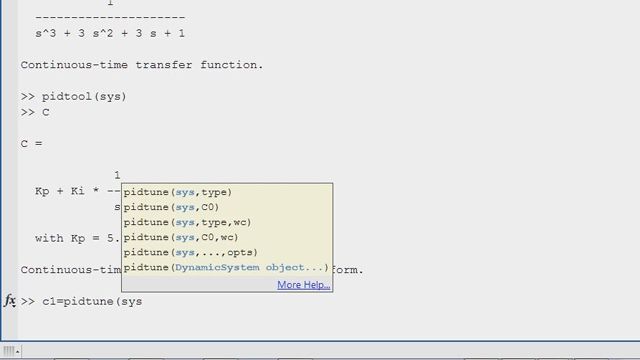A Systematic Control Approach to Improve the Energy Efficiency of an Industrial Cooling Tower
Pinakpani Biswas, Principal Scientist, TATA Steel
A cooling tower is used to extract the heat generated from chemical and process industries to the atmosphere. It is often observed that the cooling tower constitutes a major part of the energy consumption in industries. This is because the cooling tower’s operation is not within the optimum range, and if operated optimally, it can result in significant energy savings.
Since the cooling tower system is an integral part of almost all industries, saving energy will be a very effective way to cope with present-day environmental conditions. The operation of cooling tower depends on both mass transfer and heat transfer, and the impetus is relative humidity as well as the ambient temperature. The environmental conditions cannot be controlled, so the cooling tower needs to be tuned up for an optimized run. The objective of the present work is to dynamically model and find the optimized operating conditions for cooling tower. Therefore, an equilibrium model was created at steady state conditions to predict the equilibrium number of stages required for optimal function of existing industrial cooling towers.
In this presentation, you will learn how MATLAB® was used to create the mathematical model and how the optimization is performed on the model. You will also learn how the model was validated by simulating an ASPEN Plus model for the cooling tower with reported data.
Recorded: 26 Apr 2018





